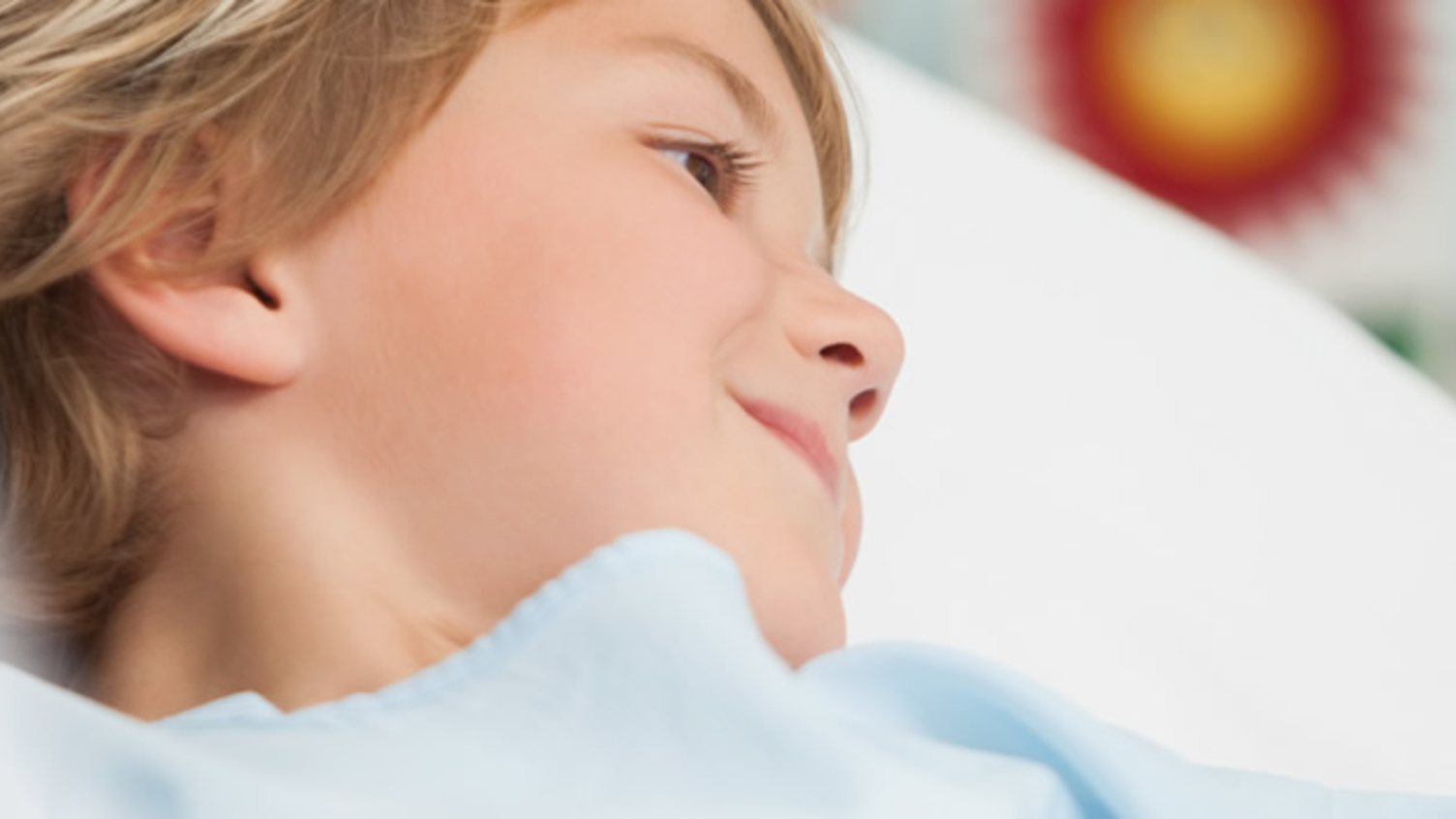Children's Cancer

About this PSP
The Children’s Cancer PSP identifed gaps and unanswered questions in research about children’s cancer (under 16 years old) from patients, carers and professionals’ perspectives and then prioritised those that these groups agreed were the most important for research to address. The scope of the PSP included all types of cancer and cancer-like conditions, from pre diagnosis though to palliative and end of life.
The PSP was being funded by the Children’s Cancer and Leukaemia Group (CCLG) and The Little Princess Trust.
See news about this PSP: September 2021
The Children's Cancer PSP Top 10 was published in November 2022.
Impact of Top 10s
Top 10 priorities
- Can we find effective and kinder (less burdensome, more tolerable, with fewer short and long term effects) treatments for children with cancer, including relapsed cancer?
- Why do children develop cancer (including the role that genetics plays) and could it be prevented?
- Are the psychological, practical, and financial support needs of children with cancer, survivors, and their families being met during treatment and beyond? How can access to this support be improved and what further support would they like?
- How can we speed up the process of getting diagnosed and starting treatment in the right place?
- Why do children relapse, how can it be prevented, and what are the best ways to identify relapse earlier?
- How can we make being in hospital a better experience for children and young people? (like having better food, internet, toys, and open visiting so other family members can be more involved in the child’s care)
- What are the best ways to ensure children and families get and understand the information they need, in order to make informed decisions, around the time of diagnosis, during treatment, at the end of treatment and after treatment has finished?
- What impact does cancer and treatment have on the lives of children and families after treatment, and in the long-term; what are the best ways to help them to overcome these impacts to thrive and not just survive?
- How can we make more accessible treatments that are closer to home, in shared care hospitals?
- What is the relationship between chronic fatigue syndrome, fibromyalgia, chronic pain and treatment for childhood cancer? (Fibromyalgia is a long-term condition that causes pain all over the body.)
The following questions were also discussed and put in order of priority at the workshop:
- What are the best ways to provide emotional support for children and their families 1) around the time of diagnosis, 2) during treatment and 3) after treatment (including survivors who are now adults)?
- What are the best ways to reduce, predict and manage the side-effects of treatment for children (including life threatening side effects)?
- How can transition (moving) from child into adult services be improved for young people who had cancer as a child?
- What is the psychological and social impact of cancer and treatment on children and their families during treatment and in the long-term; what factors affect these impacts?
- How common are the different long-term effects of childhood cancer treatment, how do they change across the lifespan, can we predict them and how can they best be prevented, detected and/or treated?
- What are the best ways to support the emotional wellbeing of professionals who care for children with cancer and their families?
- During and after treatment, what issues prevent or encourage physical activity, which interventions are most effective and what should be measured to assess effectiveness?
- What are the best ways of making sure people who had cancer as a child receive the information they need about the long-term effects of cancer and treatment?
- What fertility preservation options work best for children and teenagers with cancer?
- What are the long-term effects of additional medications children with cancer may receive (such as antibiotics, pain killers, laxatives) and how can these effects be reduced?
- What are children's and survivors' experiences of the side effects and long-term effects of cancer treatment?
- How can experiences of having a Hickman line be improved for children with cancer? (A Hickman line is a small tube which is inserted into a vein so that treatments can be given, and blood taken without the repeated need to access veins with a needle. The Hickman line can stay in place for several months.)
- What are the best ways to support children as they get older, and their needs change, to understand and take responsibility for their health, and to live with the long-term effects of cancer and treatment?
Key documents
Children's Cancer PSP protocol
Children's Cancer PSP Steering Group terms of reference
Children's Cancer PSP question verification form
Children's Cancer PSP engagement summary
Children's Cancer PSP survey information video for younger children
Children's Cancer PSP survey information video for older children (suggested age 8-12 years old)
Document downloads